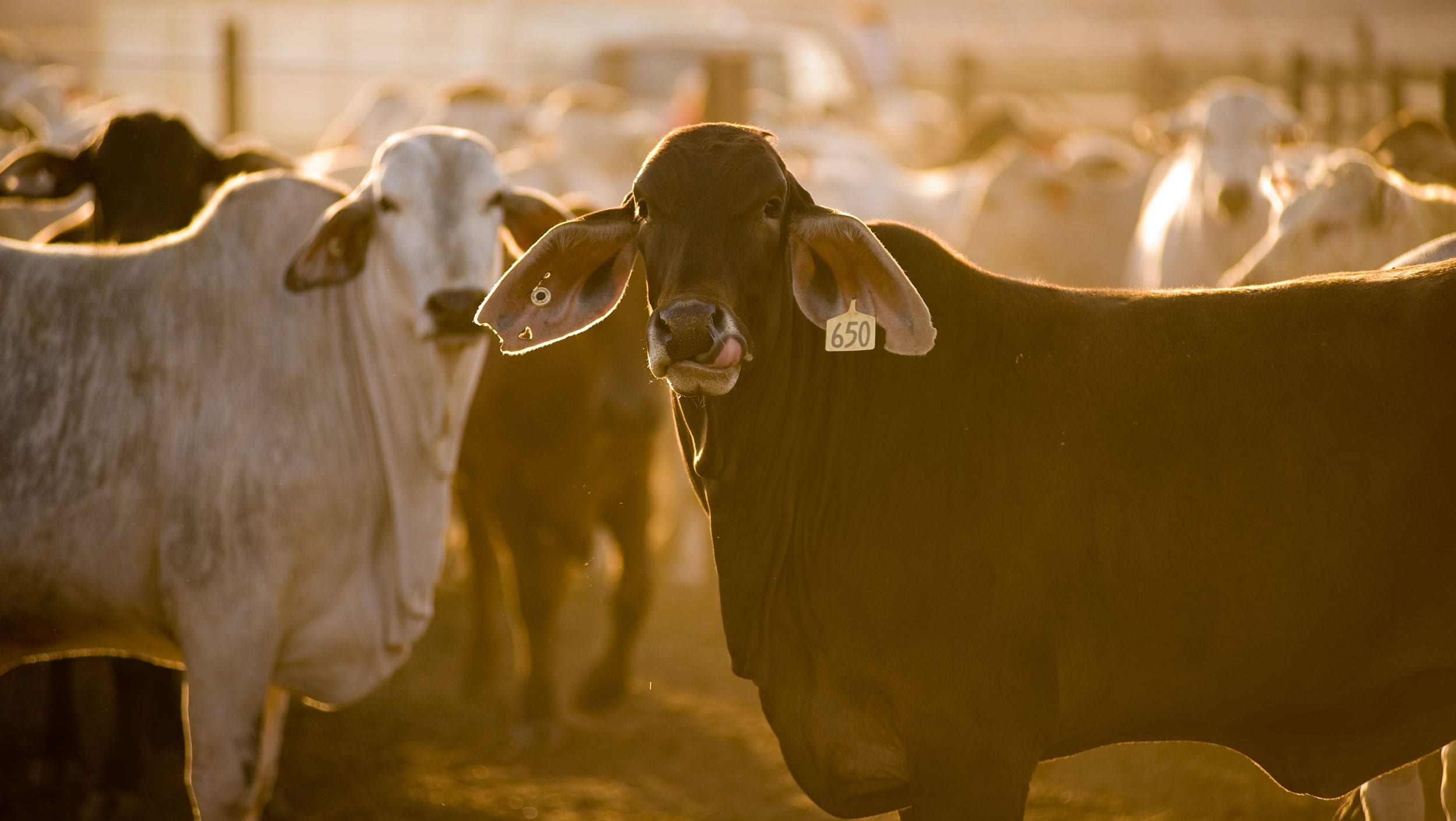
Insights
Putting cows with zebras – Can integrating livestock with wildlife work?
We recently moved into our new office at the Centre for Entrepreneurial Agri-Technology (CEAT). As a result, we’ve been interested in exploring different applications for our drone tracking technology.
The human population is rapidly growing and with it is the demand for land devoted to agriculture and livestock. But with this rise in demand, land for wildlife are at risk of disappearing all together. So is it possible to strike a happy medium between providing enough land for livestock and wildlife to thrive?
The compatibility between livestock production and wildlife conservation often appears contentious. On one hand, integrating livestock with wildlife could lead to competition for resources and disease-sharing. However, more recent research suggests that both sides can not only coexist, but provide each other with mutual benefits.
Ol Pejeta Coservancy
The Ol Pejeta Conservancy in Kenya is a prime example of successful wildlife-livestock integration. It is not only a sanctuary for endangered wildlife, but they also raise livestock here too.
Each day, small herds of Boran cows are taken by herders to different areas of the conservancy to graze – sometimes amongst the native wildlife. They are then returned to predator-proof enclosures for the night. In doing so, the cattle are fed and their grazing maintains the health of the grasslands by promoting better revegetation.
Keesing and colleagues supported the environmental benefit of this model. In their 2018 study, they compared integrated land with single-purpose (e.g. livestock or wildlife only) properties in Kenya. Here, they noted that land used by livestock and wildlife had higher quality forage.
While this integrated model might have its benefits, some have shared concerns regarding the spread of disease between species. The main reason is because of ticks – a major problem in East Africa. Ticks are capable of spreading a myriad of diseases between both animals and humans.
To prevent this, Ol Pejeta regularly sprays their cattle with acaricides, a pesticide which kills host-seeking ticks. By turning the cattle into ‘ecological traps,’ tick numbers on the conservancy have significantly reduced. According to Keesing and colleagues, tick abundance was 75 percent lower on integrated land than single-purpose properties. This finding is not only good news for decreasing tick populations, but also in reducing the spread of tickborne diseases.
Ol Pejecta’s integrated model also makes them financially sustainable. This is because they are able to draw streams of revenue from both tourism and agriculture. While their wildlife sanctuary is popular with tourists, they also run an on-site abattoir to sell beef.
Will this be the future for farming and conservation?
Overall, Ol Pejeta Conservancy sets a precedent for how both agriculture and wildlife can coexist and thrive. But the question remains, will this model work in other areas of the world and with different species?
Do you think we will see more conservationists and farmers using this model in the future?
Sources:
Allan, B., Tallis, H., Chaplin-Kramer, R., Huckett, S., Kowal, V., & Musengezi, J. et al. (2017). Can integrating wildlife and livestock enhance ecosystem services in central Kenya?. Frontiers In Ecology And The Environment, 15(6), 328-335. doi: 10.1002/fee.1501
Keesing, F., Ostfeld, R., Okanga, S., Huckett, S., Bayles, B., & Chaplin-Kramer, R. et al. (2018). Consequences of integrating livestock and wildlife in an African savanna. Nature Sustainability, 1(10), 566-573. doi: 10.1038/s41893-018-0149-2
Nason, J. (2018). Lions and livestock: how cattle are revolutionising wildlife conservation in Kenya – Beef Central. Retrieved from https://www.beefcentral.com/production/livestock-and-lions-how-cattle-are-revolutionising-wildlife-conservation-in-kenya/
Study finds potential benefits of wildlife-livestock coexistence in East Africa. (2018). Retrieved from https://www.eurekalert.org/pub_releases/2018-10/uoia-sfp101118.php

